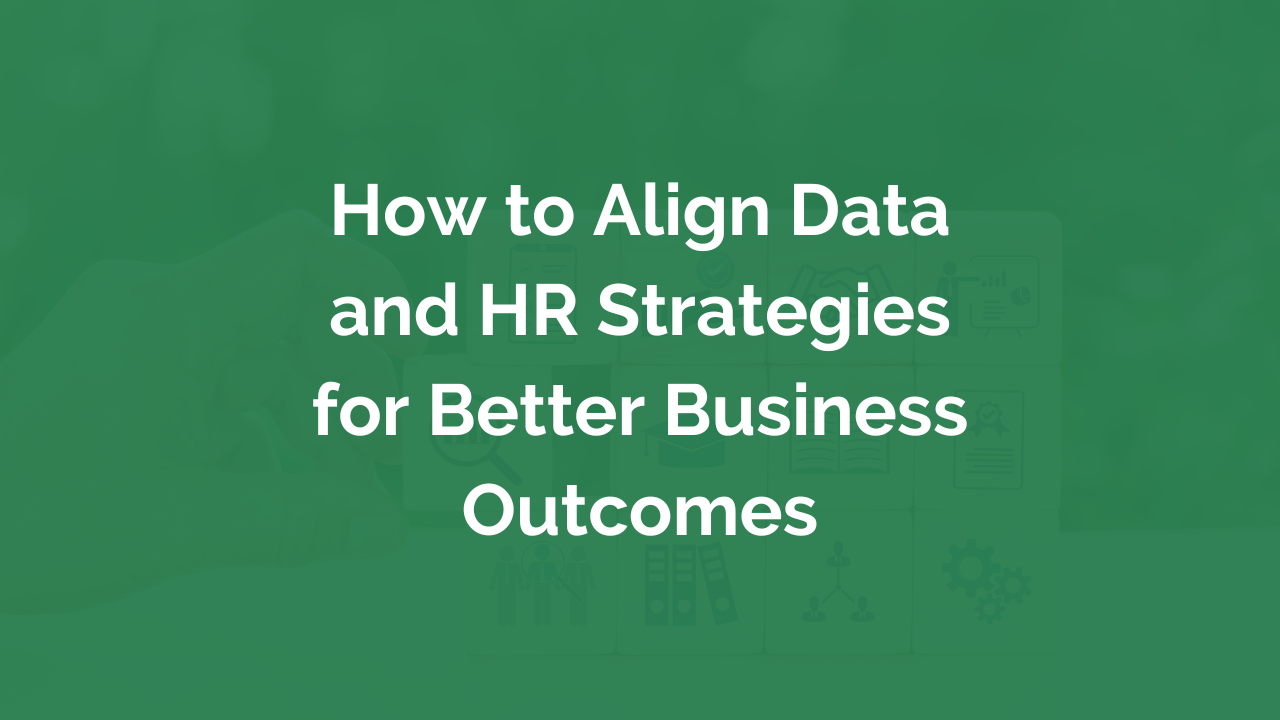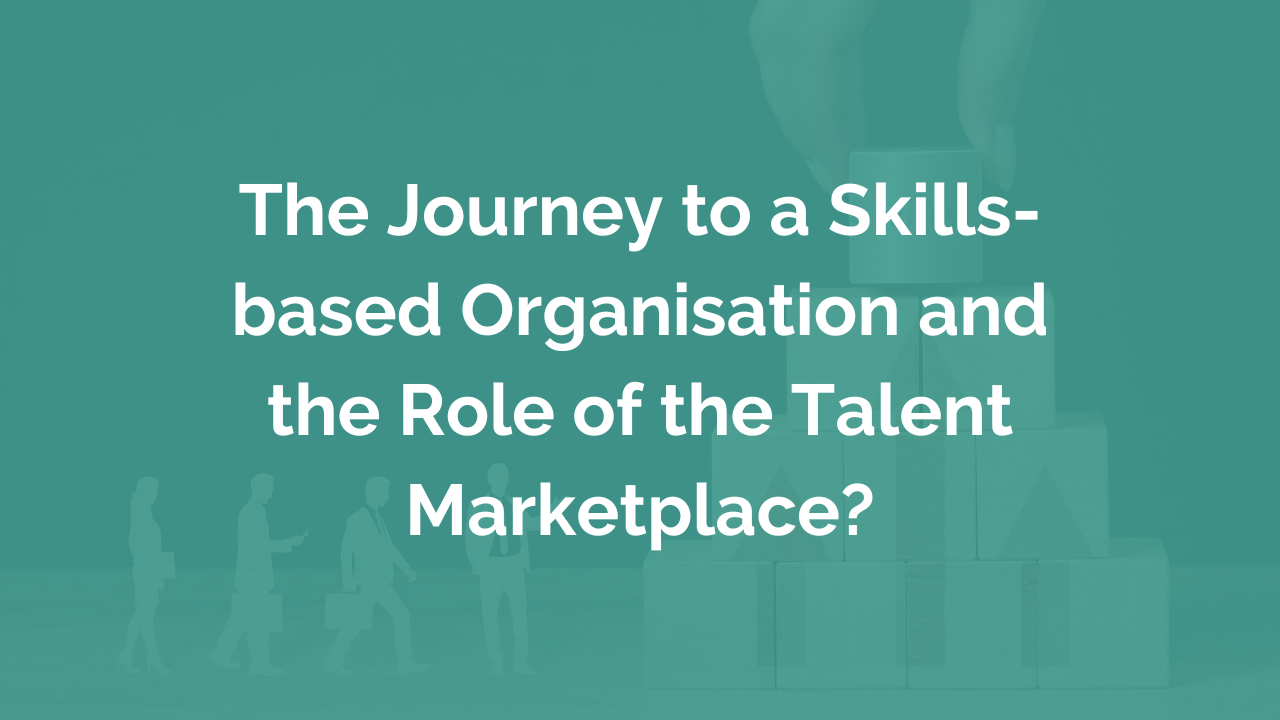Dive into the transformative world of organisational strategy and workforce planning, where the fusion of design, planning, and data-driven insights creates a roadmap for enduring success. Explore this insightful blog to uncover how strategic decisions are brought to life through an integrated ecosystem, offering a glimpse into the future of effective strategic workforce planning and leadership influence.
Read MoreIn this online training course HRBP 2.0: The Data-Driven and Digital HR Business Partner , Dave Ulrich, discusses how the expectations for a HR Business Partner have shifted since the origin of the HR Business Partner over 20 years ago. Explaining that HR is not about HR, it’s about creating value for the key stakeholders we serve, and how the job of the HR Business Partner is not about doing the work of HR, such as building purpose and belonging, but is about doing work that helps the company win in the marketplace. In this short bitesized learning video, taken from the course, Dave Ulrich helps us understand what it means to be a HR Business Partner in today’s world.
Read MoreStay ahead in the dynamic field of HR by tuning into the Digital HR Leaders podcast, where David Green, alongside industry experts such as Diane Gherson, Dave Ulrich and many others share key insights on how the field is evolving. In this blog we reflect back on the discussions we’ve had over the last year and pull out some of the key themes we covered. The discussions revolved around transitioning to skills-based talent approaches, HR's role in ensuring stability amidst uncertainty, and bridging the gap between employer and employee needs. Furthermore, essential HR skills for the future are emphasised, such as business acumen and data-driven decision-making, along with the evolving role of HR in aligning strategies with business outcomes.
Read MoreFor decades, the HR function has always been seen as the support function of an organisation that focuses on employee benefits, payroll and administration. As the business landscape evolved and C-level executives realised the importance of HR in achieving successful business outcomes, the HR function has become a critical part of all organisations. HR departments need to arm themselves with HR analytics to be strategic partners. After all, data can drive insights and decisions that can help organisations improve employee engagement and reduce turnover in ways that genuinely create tangible business outcomes.
Read MoreThe world of HR is changing as the digital age is advancing. And HR professionals need to provide value for their organisations so their businesses can stay competitive. But to accomplish this, they should have the right skills. Because without the right skills, HR professionals can be left behind and unable to implement the new changes that would help their organisations grow. Discover the 9 skills HR needs to succeed in the digital age!
Read MoreMercer’s Global Talent Trends 2022 study articulates the shift towards a skills-based organisation. The report outlines how companies who are successfully doing this are addressing skills shortages through a two-pronged approach. First, they are Bending the Demand Curve through deconstructing jobs into tasks, automating parts of jobs, redesigning jobs and redesigning work models to make it easier to find people to do the tasks needed. This is coupled with Bending the Supply Curve through accessing non-traditional talent pools, reskilling/upskilling and redeploying existing talent, rebalancing the employee value proposition to attract new talent, and considering co-opetition and talent sharing.
Read MoreIn today’s tight labour market, companies strive to stay competitive by improving their recruitment strategies, enhancing employee engagement, or expanding their diversity and inclusion. As difficult as these challenges are, some companies have found an edge over their competitors by including behavioural science insights when developing best Human Resources practices. It has been discovered that businesses see higher results from their efforts by understanding how behavioural science can assist in the company’s approach to everything from organisational culture to the employee experience.
Read MoreWhile diversity and inclusion initiatives have made great strides in terms of gender, race, sexuality, creed, nationality, and more, there is one population that is still conspicuously absent from most D&I strategies: neurodivergent workers. And yet, 15-20% of the population is neurodivergent. Which means you are likely managing and/or working with neurodivergent colleagues, whether you realise it or not. Despite the prevalence of neurodiversity, most companies don’t include it in their broader D&I agendas. In this blog Sonia Allinson-Penny shares ideas to help you build a workforce strategy that accommodates neurodiversity.
Read MoreInstead of focusing on solving business challenges, all too often the expectation is that many HR leaders think people analytics is just for improving HR processes. But this is not where the function can add the most value. Excitingly, people analytics has the potential to deliver impact further beyond the four walls of the organisation. The function can address broader societal challenges, such as access to opportunities, diversity and inclusion and, of course, health and mental wellbeing as highlighted during the COVID-19 pandemic. In this blog we explore the value that people analytics is adding in 2021.
Read MoreDavid Green’s collection of the best HR and people analytics resources in January really emphasises the level of innovation in the field of People Analytics and features content from the likes of Stacia Sherman Garr, Laura Stevens, PhD, Patrick Coolen, Tertia Wiedenhof, Valérie Du Bois, Stefan Hierl, Jonny Gifford, Chris Gagnon, Jaime Teevan, Dawn Klinghoffer, Dave Ulrich, Amit Mohindra, Adam McKinnon, PhD., Amy Armitage, Kevin Martin, Ravin Jesuthasan, CFA, FRSA, John Boudreau and Jeff Schwartz just to name a few.
Read More









